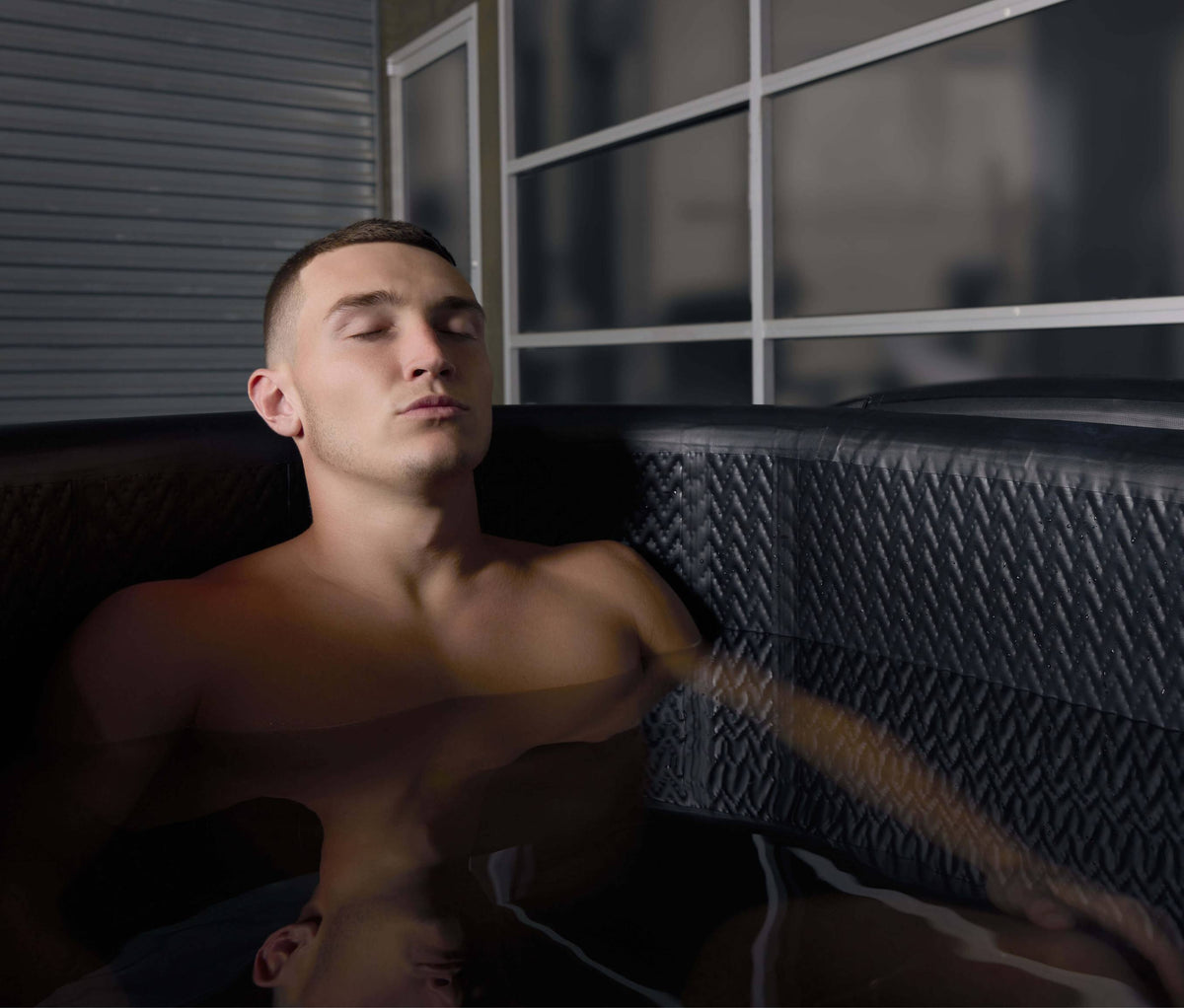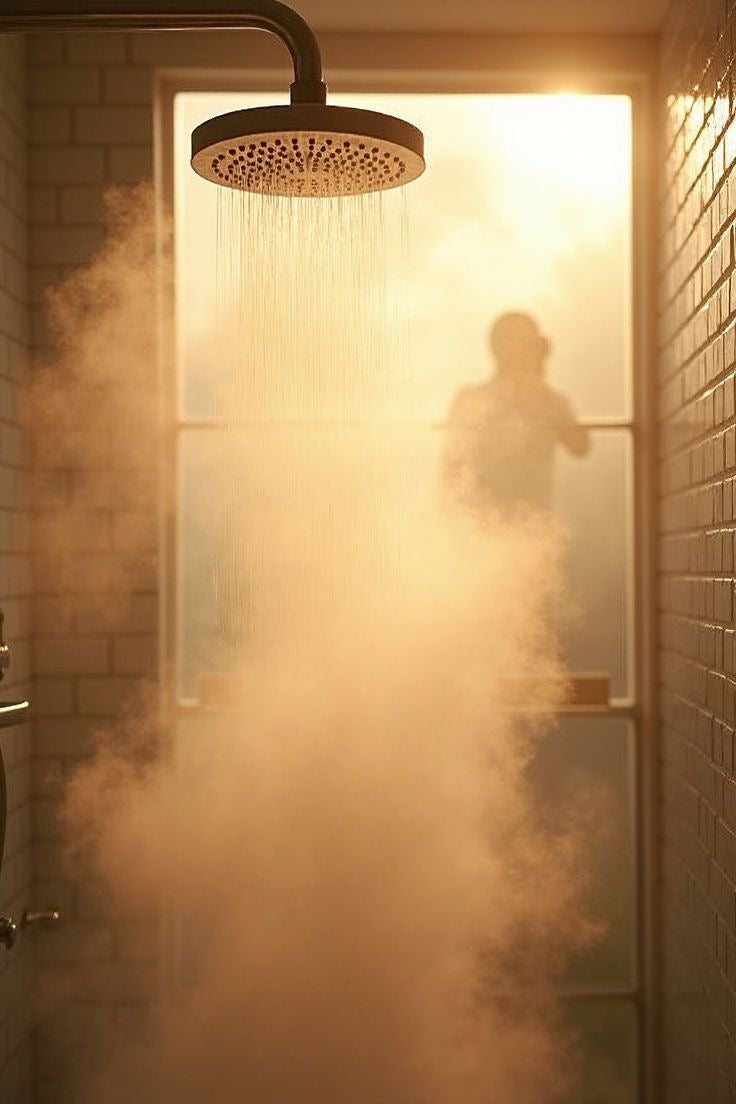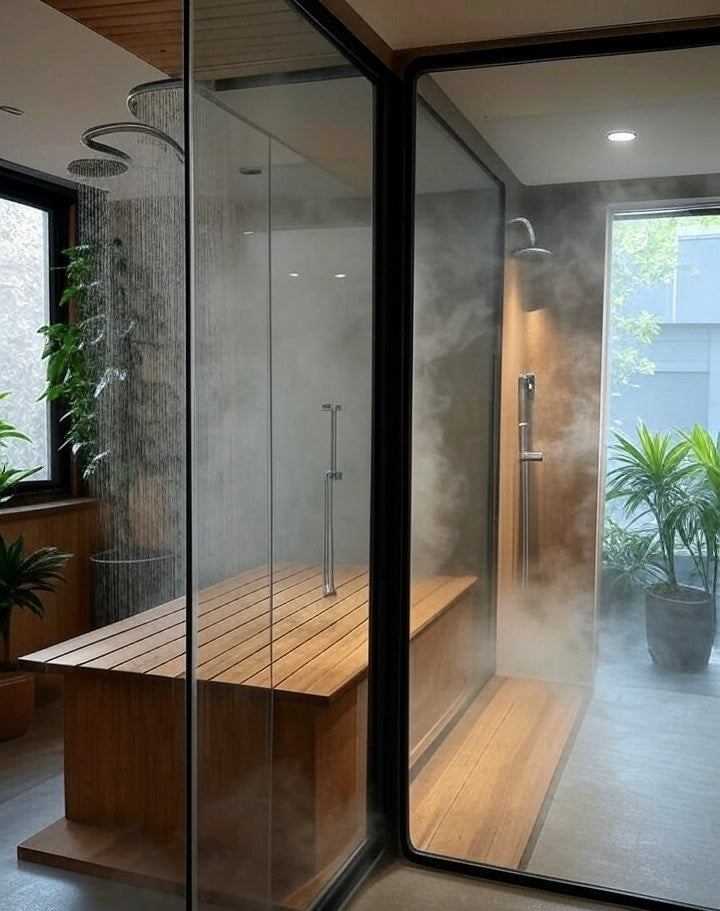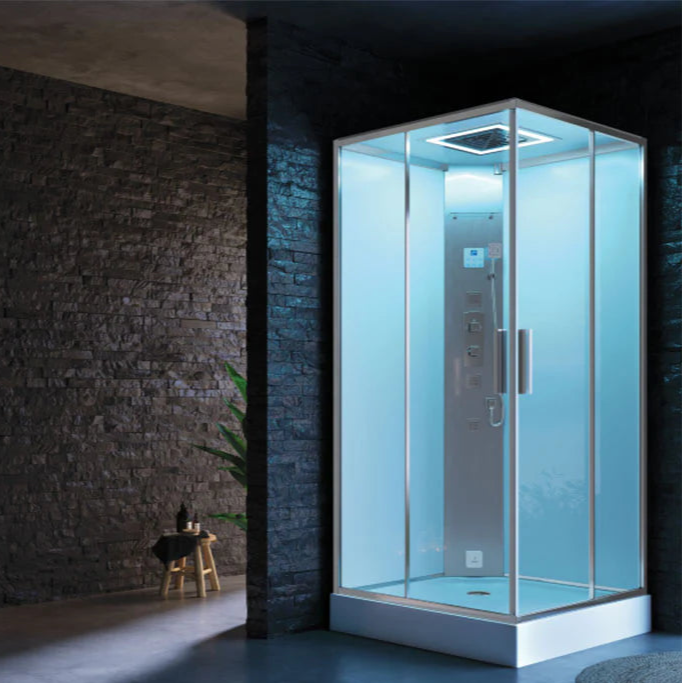Just smashed leg day and eyeing that Ice Bath Tub? Hold up!
Short answer: wait 1–2 hours before your Cold Plunge or Cold Plunge Tub dip to maximise muscle growth. Why? Timing matters. Keep reading to find out how to chill without freezing your gains.

Understanding Cold Plunging for Muscle Growth
Cold plunging has gained popularity for recovery, but how does it affect muscle building? While cold plunge benefits include reduced soreness and faster recovery, the relationship with muscle growth is a bit more complex.
When done too soon, cold exposure can interfere with the body’s natural muscle-building response. But when timed right, it can still support training by reducing fatigue and helping you stay consistent.
The Science Behind Muscle Adaptation and Cold Exposure
The Role of Post-Workout Inflammation in Muscle Repair
After resistance training, small tears occur in your muscles. This triggers inflammation—a necessary process that sparks muscle repair and growth.
Blunting this response too quickly, such as with an immediate cold plunge, may reduce the effectiveness of this repair cycle.
How Cold Water Immersion Affects Protein Synthesis Pathways
Cold exposure can interfere with the signalling pathways responsible for muscle protein synthesis. Specifically, it may dampen the mTOR pathway, which is essential for muscle hypertrophy.
This is why plunging right after a workout may reduce muscle-building efficiency.
Vasoconstriction and Blood Flow: Impact on Nutrient Delivery to Muscles
Cold water causes vasoconstriction—narrowing of the blood vessels. This limits blood flow and reduces nutrient delivery to muscles during the critical early recovery phase.
Delaying cold therapy allows nutrients and hormones to reach damaged muscle tissue, supporting better regeneration.
Optimal Timing for Cold Plunging to Maximise Muscle Gains

Timing your cold plunge schedule is key. For muscle growth, it’s not just about whether you plunge—but when.
Strategic Cold Plunge Timing for Hypertrophy
Why Immediate Post-Workout Plunges May Hinder Muscle Growth
Jumping into a cold plunge tub straight after a workout can reduce inflammation too quickly. This interrupts the signalling process your body uses to grow stronger muscles.
While you may feel better faster, your gains could suffer in the long run.
The 4–6 Hour Rule: Delaying Cold Plunging After Resistance Training
To protect hypertrophy, wait at least 1–2 hours before plunging—ideally up to 4–6 hours.
This gives your body time to complete the early stages of repair and activate muscle-building pathways.
Leveraging Rest Days and Low-Intensity Training Days for Cold Therapy
You can still use cold therapy for muscle growth—just do it on rest days or after light cardio or mobility sessions.
Cold plunges on these days help manage fatigue and speed recovery without interrupting hypertrophy.
Cold Plunging Before Workouts: Benefits Beyond Muscle Growth
Pre-Cooling for Enhanced Performance in Hot Environments
Cold plunging before a workout, especially in hot weather, can lower core temperature and help maintain performance. This is known as pre-cooling.
It’s useful for endurance training or summer sessions.
Boosting Mental Alertness and Focus for Training Sessions
A short, safe cold plunge before exercise can also sharpen focus. Cold exposure stimulates the nervous system, improving mental clarity and motivation.
Keep it brief—just a few minutes is enough to get in the zone.
Integrating Cold Plunges into Your Overall Recovery Strategy
Cold plunging is still a valuable part of any training routine—especially when used for general recovery.
General Recovery Benefits of Cold Plunging (When Muscle Growth Isn’t the Primary Goal)
Alleviating Delayed Onset Muscle Soreness (DOMS)
Cold plunges are excellent for reducing DOMS, especially when muscles feel tight and tender. It helps you bounce back quicker between sessions.
Reducing General Post-Exercise Inflammation
While inflammation is useful for growth, too much of it can delay recovery. Cold plunging helps balance this by limiting swelling and discomfort after hard training blocks.
Accelerating Overall Physical Recovery and Fatigue Reduction
Cold therapy helps reduce perceived fatigue, allowing you to train more consistently. The result? Better long-term performance and fewer overtraining symptoms.
Practical Considerations for Effective Cold Plunging
Recommended Water Temperature and Immersion Duration
Stick to 10°C to 15°C. Start with 5 minutes and work up to 10–12 minutes if tolerated.
For muscle-building goals, keep sessions short and avoid extreme temperatures.
Balancing Cold Plunges with Other Recovery Modalities (e.g., nutrition, sleep, stretching)
Cold plunges work best alongside:
-
Proper nutrition (especially post-workout protein)
-
Quality sleep
-
Mobility work and light stretching
Recovery isn’t one-size-fits-all—use multiple tools for best results.
Important Safety Tips and When to Consult a Professional
-
Never plunge alone
-
Get out if you feel dizzy or numb
-
Avoid cold therapy if you have heart or circulatory issues without medical clearance
-
Warm up slowly afterwards
Always speak to a professional if you’re unsure whether cold plunging is suitable for your body or routine.
Takeaways
-
Wait 1–2 hours after strength training before cold plunging to protect muscle growth
-
Use cold plunges on rest or light training days for recovery without disrupting gains
-
Short, safe cold exposure helps reduce soreness and fatigue
-
Cold Plunge Tubs are powerful recovery tools—when used wisely
-
Avoid plunging immediately after lifting to keep muscle-building signals active
Conclusion
If you're lifting to grow, when to cold plunge for muscle growth really matters. Immediate cold therapy might feel good—but could work against your goals.
By waiting just a few hours, you’ll get the recovery benefits of your Ice Bath Tub or Cold Plunge Tub without interfering with the body’s natural repair systems. Train smart, chill smarter, and keep those gains coming.






